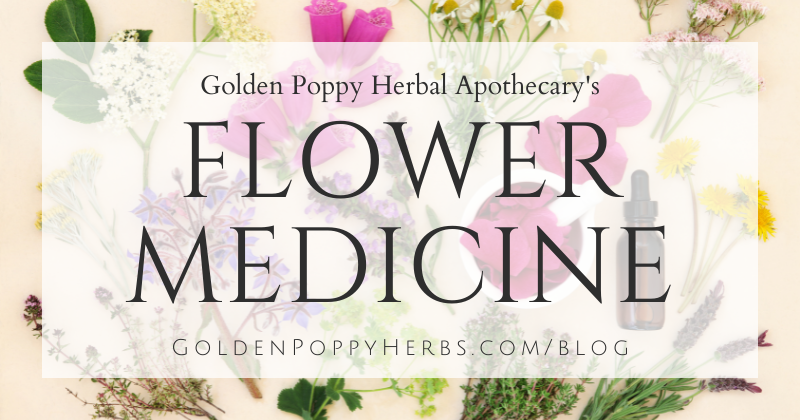
There are so many beautiful quotes about flowers, and this is because flowers are such a gift on this planet.
“Take time to stop and smell the roses”
“Blossom where you are planted”
“The earth laughs in flowers”
“Where flowers bloom, so does hope”
We can always count on the way a flower makes our hearts sing. They bring such brightness to a landscape, and their sweet scents often immediately make us feel grounded as soon as we breathe them in.
Flowers also hold such special medicine for us, and can be used in a variety of ways, including the use of their very energy!
We invite you to join us in exploring flower medicine in this month’s blog, and perhaps as you do, join us in visualizing the special dance of a bumblebee creating beautiful alchemy out of the gift of pollen that flowers so generously provide.
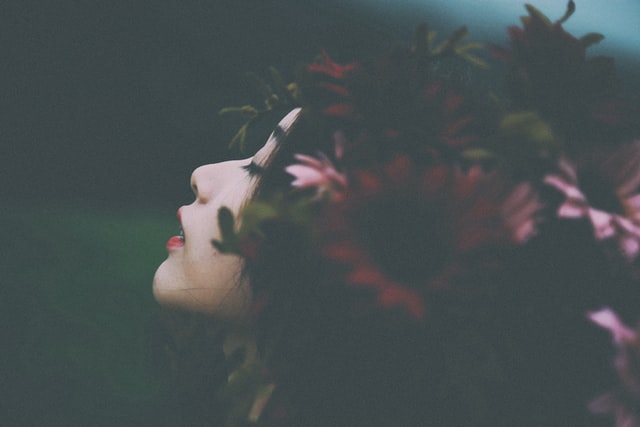
May Day
As this post is coming out on May 1st, or May Day, it only feels appropriate to have a mini-dive into the traditions and history behind celebrating this day, especially considering its connection to flowers! May Day has deep roots in ancient Europe but has more contemporary significance as well.
In ancient Europe, May Day is also synonymous with the fire festival that is also known as Beltane. This holiday, which is celebrated in ancient Celtic cultures, and is also rooted in ancient Greece and Rome, is an honoring of the return of spring and expresses reverence for fertility. Often it was traditional to decorate the home and sacred spaces with flowers, wear flower crowns, and adorn the body with flowers. In ancient Rome, there was even an honoring of the Goddess Flora, who was presented with offerings of flowers, bells, and ceremonial dancing.
While it is practiced more significantly in Europe than in the US, you may be familiar with the concept of May Day baskets. In this custom, a basket is filled largely with flowers, and may also include small trinkets and gifts. It is tradition to leave this basket on the front steps or the front doorknob of the homes of your friends and neighbors, but with a bit of a twist! The goal is to do it secretly – leaving the basket, but ringing the doorbell and running away without getting caught. If you are caught, you must then give your friend a kiss!
The more current tradition of May Day baskets is a fun way to explore the way ancient tradition manifests in modern times.
The Farmer’s Almanac also shares some other traditional ways to celebrate May Day. Here are a few fun ones we thought we would share:
- In Britain, it is customary to “bring in the May” as a way to celebrate the arrival of spring. This tradition includes collecting cuttings of trees that produce flowers such as lilac or hawthorn. Take a trip around your neighborhood and explore what trees are blooming near you!
- It is believed that if one is to wash their face with fresh dew on May 1st, they will be blessed with clear skin, and that it would even bring good luck! Incorporate this into your skin routine and thank us later 😉
- In Hawaiian culture, the first of May is known as “Lei Day.” On this day, it is customary to create beautiful garlands of flowers, especially those that are native to Hawaii. Leis are given as gifts that serve as symbols associated with the spirit of “aloha,” which includes greeting, goodbye, affection, honor, and celebration.
- Supposedly, it is believed that the first of May brings extra luck for a good catch, according to fishermen. Perhaps this could be a good day to get out the poles and bait!
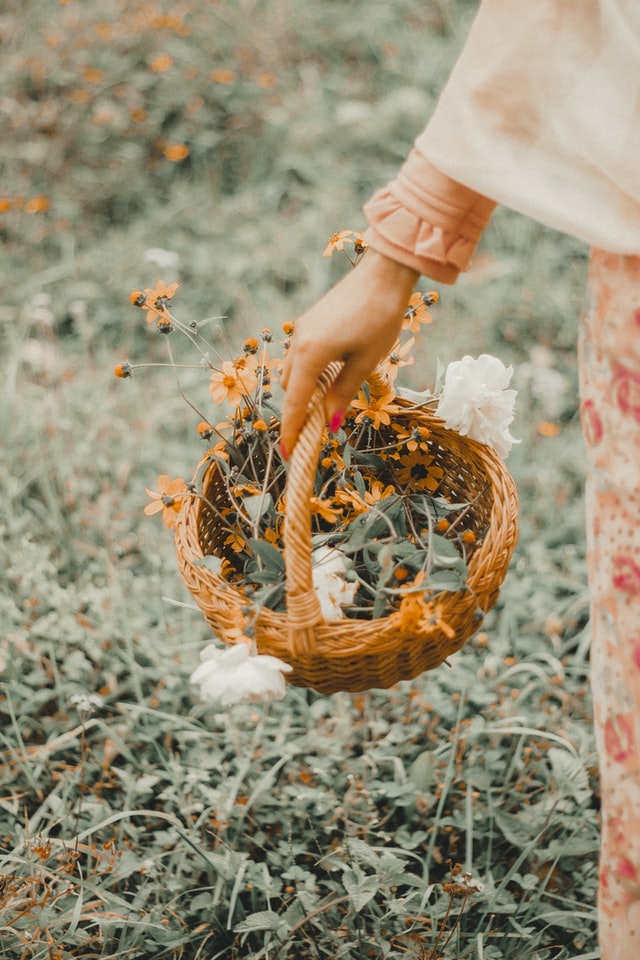
Flower Medicine
A beautiful way to connect to the healing of plants is through flowers. Often through flowers, we receive the blessings of their gorgeous aromatic properties. In the spring, it is lovely to make infused vinegar or syrups with such flowers as wild violets, lilacs, roses, or even dandelions!
Flowers also make a beautiful addition to skin or body creams and lotions, or can even be added to herbal oils or herbal perfumes.
One of our favorite ways to connect with flowers, however, is through their vibrational energy. This type of medicine is more homeopathic in nature, meaning the healing occurs on a vibrational, or energetic level, within our body more so than physically. To create this remedy, which is known as a flower essence, you mix the alchemy created by a flower cutting, the light of the sun (or moon!), and water!
Flower essence remedies were developed by Dr. Edward Bach in the 1930s. Dr. Bach was a physician who also studied homeopathy, and saw a strong connection between emotional wellbeing and one’s overall health. Dr. Bach first began his journey to develop flower essences by first studying the flora in his patients’ gut biome and how this contributed to disease. After discovering homeopathy, Dr. Bach was also called to be closer to nature, and in his later life, sold everything he owned and moved to the countryside, having faith that nature would provide the solutions for treatments for his patients that he was unable to help. Upon one of his daily meditative walks, he noticed flowers that held fresh morning dew, and the intuitive thought that perhaps the flower dew might have healing properties came to his mind. That morning, Dr. Bach collected dew from several different flowers, and utilizing the principles of his homeopathic training, began to dilute the dew further with water.
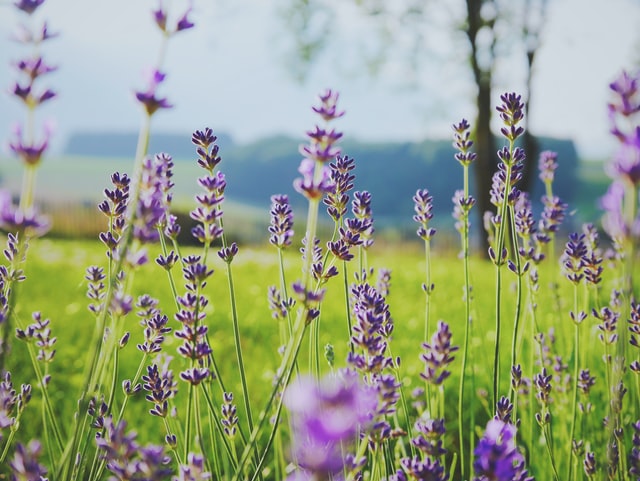
From here, Dr. Bach began working with patients and providing the flower remedies and found to his surprise that patients would demonstrate a calming in their emotional state. Bach then began to experiment with different flower essences, finding that different flowers resulted in different outcomes, but all treating a specific emotional state being the common thread for each of the remedies. He also found through working with his patients that recovery from certain illnesses would improve as the patient’s emotional state improved, which further solidified his belief in the important connection between the emotional body and the physical. Today, Dr. Bach is known for developing 38 flower remedies that are his own original formulas treating different types of emotional conditions such as fear of the unknown, emotional trauma, jealousy, worry, excessive fear, heartbreak, and impatience.
However, flower essences can be created beyond Bach’s list of 38. The beautiful thing about flower essences is that they are extremely diluted, and utilize the essence of a flower in water versus a true infusion of the plant material, making them quite safe. That said, while it is so very special to connect to a flower you feel drawn to by way of creating a flower essence, it is also highly encouraged to take caution and ensure that the flower you are working with is not toxic, just in case.
If you feel called this May Day to connect with the energy of spring by creating a flower essence, follow these steps below:
- Collect a small crystal or glass bowl (it really does not need to be large – a dose of a flower essence involves 1-3 drops at a time, and a small amount of flower essence can go a long way!), clean scissors, water (preferably water that has been charged overnight by the moon for a little extra kick!), high-quality brandy, and your intention in communing with this flower.
- Once you choose the flower with which you wish to make an essence, sit with this flower. Introduce yourself, and ask the flower to introduce themselves back. If you can, take time to meditate with the flower with an open and grateful heart, learning as much as you can from what they have to offer.
- Before harvesting the flower, as always, ask permission to cut the flower and use them in your essence. If you receive a no, accept that with respect and gratitude.
- If you receive a yes, place the bowl filled with water, below the flower so that it can drop directly into the bowl after you cut it. You can use scissors (though make sure they are clean to avoid any unnecessary bacteria impacting the plant), or use your own fingers to pluck the flower (which infuses a little of your personal energy and intention into your essence!).
- Thank the plant for the gift of their flower, and cover your bowl with cheesecloth to allow the sunlight to still enter the bowl, but keep little critters out of your essence. Place in sunlight for about 4-8 hours.
- Once complete, strain your essence, returning the flower material to the earth.
- Using a clean amber bottle, fill the bottle halfway with the water from the flower essence, and halfway with brandy (which serves as the preservative for your remedy). This becomes what is known as the “mother” essence.
- You do not consume the mother essence directly, as it will need to be diluted further. To do this, you will create what is known as a stock bottle. To do this, take a one-ounce amber bottle and add ten drops of the mother essence. Fill the remainder of the bottle with half water and half brandy.
- To use your flower essence, take two to four drops under the tongue, up to four times a day as needed, from your stock bottle. You can also use the essence to anoint yourself externally while repeating an intention or mantra. Some great places to add essence is to your third eye, temples, throat, or heart space. Feel into your energetic body, and with presence and awareness, notice how the flower medicine works on your emotions.
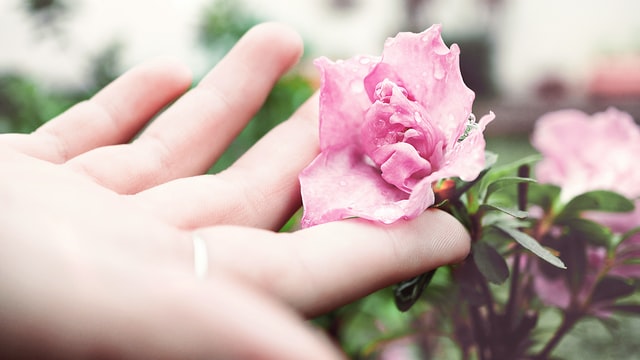
Thank you for joining us in dancing with our flower allies. If you choose to create a flower essence, we would love for you to share it with us – tag us on Instagram (handle @goldenpoppyherbs) and show us your beautiful creations!
We wish you all the best May Day, and wish you all the sweetest of spring blessings!
Sources:
- Bach Remedies. “Our Story: The Story of Dr. Bach & Bach Remedies.” A Nelson & Co Ltd. 2022. Retrieved from: https://www.bachremedies.com/en-us/about/our-story/
- Farmer’s Almanac. “May Day 2022: What is May Day?” Almanac.com. 25 May 2022. Retrieved from: https://www.almanac.com/content/what-may-day
- Paper Mart. “Where did the Tradition of Sending May Day Flower Baskets Come From? Paper Mart Blog. 25 June 2015. Retrieved from: https://blog.papermart.com/how-to/where-did-the-tradition-of-sending-may-day-flower-baskets-come-from/
- Szaro, Melissa. “How to Make a Homemade Flower Essence.” The Herbal Academy. 19 September 2018. Retrieved from: https://theherbalacademy.com/homemade-flower-essence/
- Szyrmer, Magda Dr. “Edward Bach and the Discovery of Flower Essences.” Dr. Magda Holistic Veterinarian. 2022. Retrieved from: https://drmagdavet.com/3-edward-bach-and-the-discovery-of-flower-essences/
Browse by category
- Aromatherapy
- Astrology & Magic
- Ayurdeva
- Botany Foraging & Gardening
- Chakras
- Digestion
- Earth Connection
- Energetics
- Flower & Gem Essences
- Folk Traditions
- Herbalism & Holistic Health
- Immune Support
- Materia Medica
- Mushrooms
- Nutrition
- Seasonal Living: Autumn
- Seasonal Living: Moon
- Seasonal Living: Spring
- Seasonal Living: Summer
- Seasonal Living: Winter
- Skin & Body Care
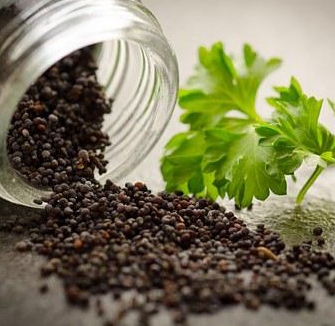
Don’t Miss a Thing!
Enter your email below to be the first to know about sales, new products and tips for taking care of your pieces.

